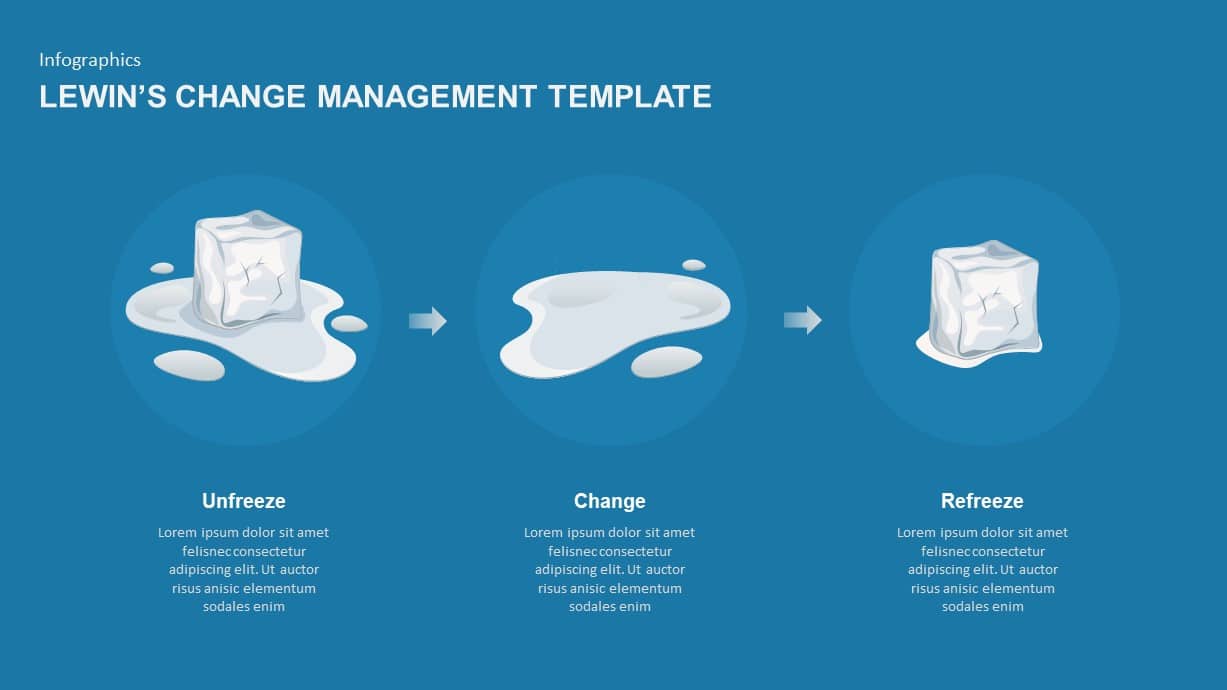Kurt Lewin’s change model: a must-follow framework

What remains constant in the universe? That is change! Everything in the world undergoes changes even if you are not willing to face them. If you are stubborn to accept changes, you can’t move forward. In this post, we are discussing Lewin’s organizational change model that helps understand how an industrialist can change his /her business by moulding a formula that might be accepted by all members.
Normally, humans are not always happy to accept changes, so employees are twisting their heads when a company plans to make changes in the structure. Our world is dynamically moving as unstoppable so as and organizations must change swiftly, too.
If you want to adopt changes and handle this correctly, have a glimpse on the German- American psychologist Kurt Lewin’s “Unfreeze-Change-Refreeze” model. Change passes through 3 stages, you can see these three stages if you are interesting to watch how changes occur. However, it is usually used within companies.
Lewin was a social psychologist as well as a physicist; logically explained organizational change using the analogy of changing the shape of an ice cube. The model embodies a very simple and applied model for understanding the change process. For Lewin, the process of change involves creating the perception that a change is desirable, then passing to realize a new, desired level of behaviour and lastly, solidifying that new behaviour as the norm. Most of the change management ideas has already copied Lewin’s change model to explain how an organization could implement change.
Unfreeze
Change begins by unfreezing process. To begin any positive change process, you must first start by understanding why the change must take place. If you want to change the existing realities, you must keep liquefying the existing structure or function. For example, if you want to reshape a block of ice, first you should refreeze it. Because many people will normally resist change, the aim during the unfreeze stage is to create an awareness of how the existing status quo changes by overthrowing the obstacles that stand against a change.
Traditional ways of thinking, employees’ attitudes towards change, existing processes and organizational structure must be analyzed and given a note to the employees as to how changes will bring competitive advantages to the market.
Interaction with employees is important during the unfreezing stage so that workforces can become knowledgeable about the impending change, the reason behind it and how it will benefit each employee. When the unfreezing activities begin, there may be stress buildup, so the managers should keep cooling their staff continuously.
Change
After the unfreezing process, the organization moves to the change processes. The ambiguity created in the unfreeze stage will disappear. In the change stage, individuals begin to overcome their ambiguity and look for new ways to do things.

DOWNLOAD KURT LEWIN’S CHANGE MODEL POWERPOINT TEMPLATE
Unfreezing is a “fermentation stage” through this, organizations can turn the employees to the “unwilling to willing”. During the changing stage, people begin to absorb new behaviours, processes and ways of thinking. The more prepared they are for this stage, the stress-free it is to complete. When people understand the benefits of change, they shall be ready to accept it even if it would be a difficult thing.
Refreeze
When the employees are ready to embrace the changes, the organization should go through the process of refreezing the changes implemented. It is the stage of reinforcing or solidifying the changes that are accepted by the people. With the changes made to structural practices, aims, and functional proceedings, people are accepted and refrozen as the new standard or status quo.
Lewin emphasized that the refreezing step to be mainly important to guarantee that people do not return back to their old ways of thinking or doing prior to the implementation of the change. Efforts must be made to ensure the amendment is not lost; rather, it needs to be solidified into the organization’s ethos and maintained as an adequate way of thinking or doing.
Lewin’s change model has an important role to create methodologies for organizational change. But like any other theoretical model, it is not beyond criticism. Some management experts argue that the final stage (refreezing) is outdated because organizations need continuous change to stand firmly in the marketplace.


